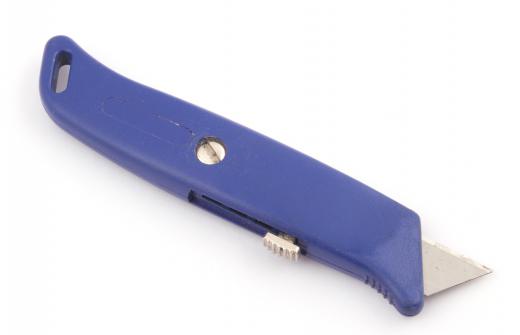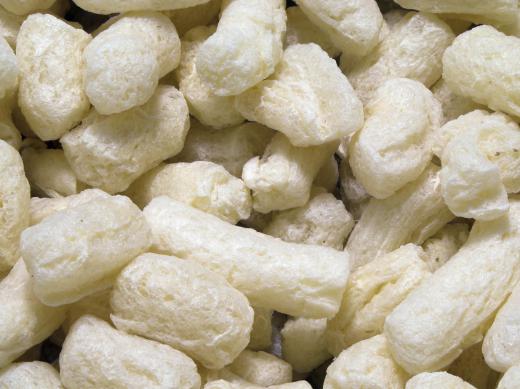Packing tools are used in all types of industry. Manufacturing and distribution have different packing needs than small businesses, however, so packing tools are designed to accommodate a variety of needs. Among the most common packing tools are cardboard boxes, plastic bags, packing tape and box cutters.
Cardboard boxes are packing tools used to hold items. Products are placed inside and secured with newspaper, bubble wrap, packing peanuts or other types of packing materials for safe shipping. Cardboard boxes can be used to transport large quantities of merchandise from a manufacturing plant to a store, or they can be used to protect a product until the purchaser can get it home from the store and set up for use. There are many types of cardboard boxes, though most are either folded to a pre-designed shape that interlocks in some manner or folded and taped together. Utility knives or box cutters are often used to cut tape and otherwise open cardboard boxes, though they are also useful for other cutting needs.

Plastic bags are used in packing products for protection. Plastic bags can keep a product dry, free of dust, and safe from damage while in a box. Various items can be placed in plastic bags and placed in the same box, keeping the items organized while conserving space.
One common form of packing tape is a clear plastic tape that fits on a dispenser. The dispenser's serrated edge cuts the tape when it is stretched across a box for convenient sealing of a packed box. Another popular form of packing tape is a threaded paper form that fits in a dispenser with water. That water activates the glue side of the tape as it is dispensed.

Plastic steel strap packing tools crimp a large plastic strap around boxes or pallets to hold everything in place while in the shipping process. These straps are also available in steel with a crimp tool that fastens a metal bracket to the straps to hold them in place. Such straps are sturdy and withstand a lot of pressure without breaking.
Shrink wrap is a plastic wrap that is folded around packages on full pallets for added support during movement. Once the pallet is fully stacked with packages to ship, the shrink wrap is folded around the pallet and all the boxes. This forms a tight plastic barrier around the boxes and pallet holding them in place. Machines are available for shrink wrapping big pallets.
